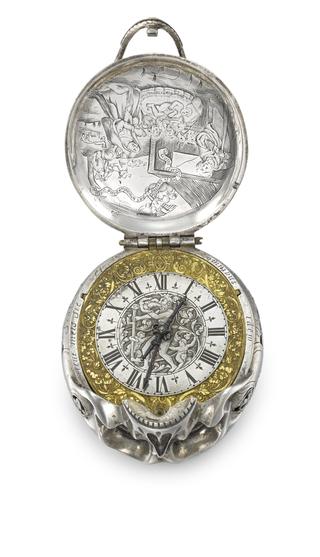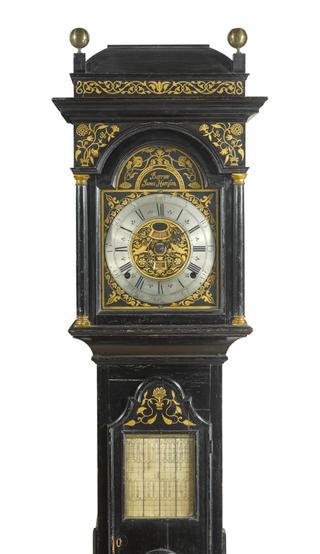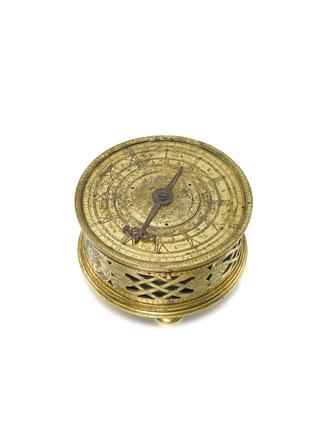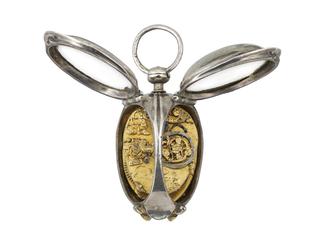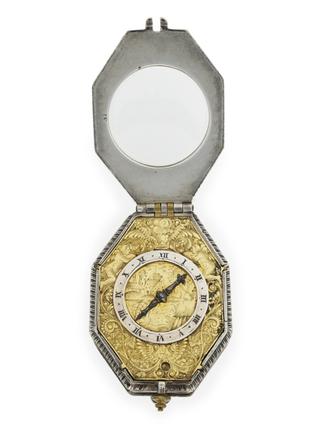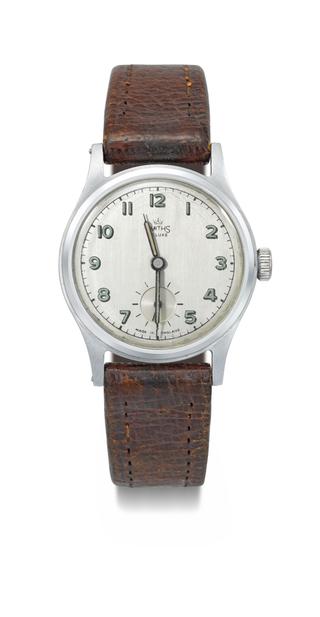
Earliest known eight-day longcase clock movement by John Harrison
- Made:
- 1713 in Barrow-upon-Humber
- maker:
- John Harrison
Striking longcase clock movement by John Harrison, Barrow-upon Humber, North Lincolnshire, 1713. Oak dial with brass chapter ring and spandrels, and date aperture. Signed on the chapter ring 'John Harrison, Barrow, fecit'. The winding hole is concealed behind the lower spandrel. Movement of eight-day duration, with anchor escapement. The frame and most of the wheels are made of wood. Signed ‘Jon Harrison 1713’ in ink on the calendar wheel.
This is the earliest known clock by John Harrison (1693-1776); the man who solved the problem of calculating longitude whilst at sea. It was completed when he was just 20 and living at Barrow on Humber. A similar movement is in the Science Museum collection (object number 1884-80), made in 1715 when Harrison was 22, and another is at Nostell priory, made two years later, in 1717. These clocks follow a conventional layout, but unlike typical British clocks of the period, are mostly made from wood. Clockmakers' Museum No. 551
Details
- Category:
- Clockmakers
- Collection:
- The Worshipful Company of Clockmakers
- Object Number:
- L2015-3435
- Materials:
- wood (unidentified), oak (wood), brass (copper, zinc alloy), steel (metal) and bell metal
- type:
- longcase clock movement and anchor escapement
- credit:
- Lent by the Worshipful Company of Clockmakers
